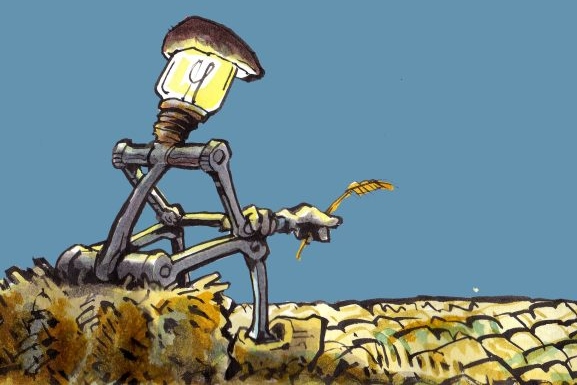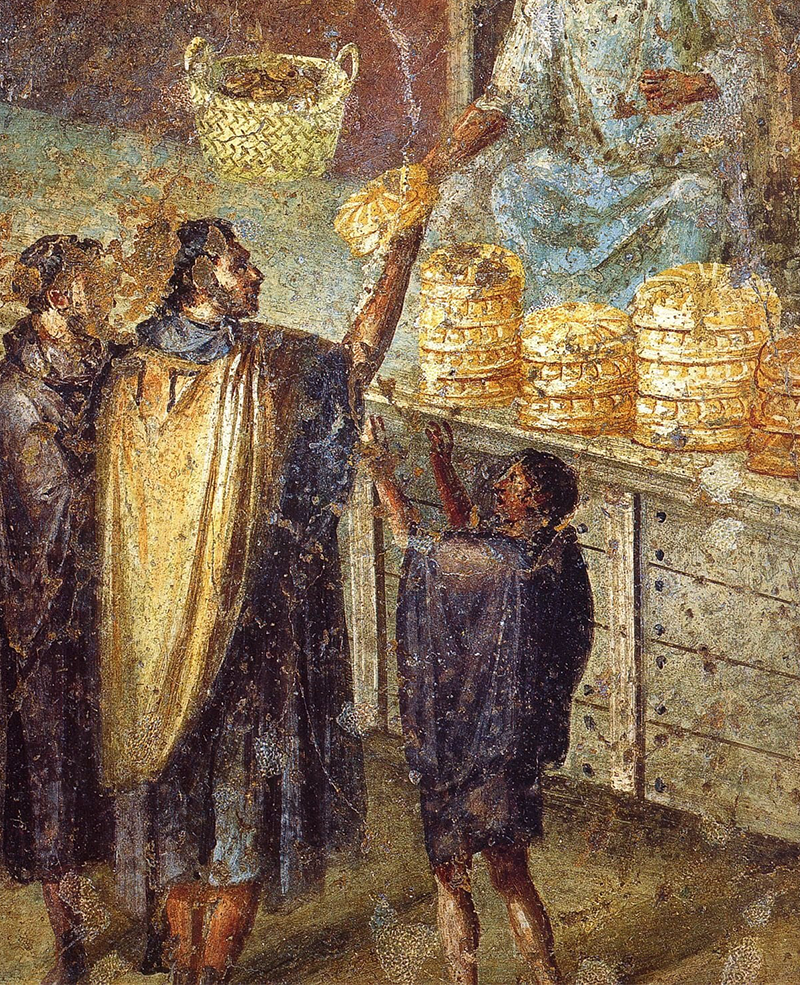Rural Sociology celebrates its 75th anniversary this month. With a book, blogs and much more, the chair group honours its rich history, which goes back to just after World War II. Resource looked into that long tradition of research on the dynamics of agriculture, food supply and regional rural development: from post-war reconstruction to nitrogen protests.
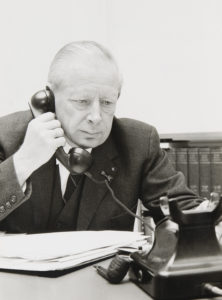
The starting point – Hofstee
The hardships of the Hunger Winter had not yet been forgotten when, on 9 May 1946, a new professor was appointed in Wageningen: Evert Willem (E.W.) Hofstee, a practitioner of the discipline he himself described as ‘sociography’. His appointment followed a recommendation to the post-war Board of Restoration of the Agricultural College that ‘(…) knowledge of the structure of countries and peoples who compete with our agricultural, horticultural and forestry products is necessary, as is knowledge of the structure of rural communities in our own country and in the East Indies’. The wording says a lot about the spirit of the times, just after the war.
Hofstee then & later
The founder of the chair group, Hofstee, received his doctorate in Groningen in 1937 with a ‘sociography’ of the Oldambt district of Groningen province, infamous for the big social differences between gentlemen farmers and farm labourers. More than 50 years later, the chair group picked up this theme again when the Wageningen professor of Agricultural History Pim Kooij described the still distinctive region in his introduction to the book Het Oldambt, deel 2: nieuwe visies op geschiedenis en actuele problemen (Oldambt, Vol. 2: new perspectives on history and current problems) (1991).
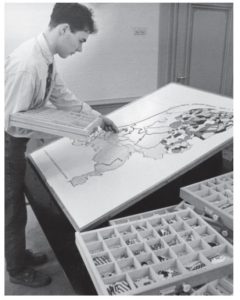
Puzzle pieces
Thanks to geo-information systems (GIS) it is a piece of cake these days to develop mapping material that reveals socio-demographic developments, but in the 1950s it was a time-consuming and expensive business. Hofstee found a solution for that. Together with a toy manufacturer, he developed the ‘Kartofoot’ between 1953 and 1957. This was a kind of giant jigsaw puzzle of all the municipalities in the Netherlands, with a puzzle piece in ten different colours for every municipality so as to be able to indicate different variables. Did you need an overview of municipalities with a shrinking population or a birth surplus? Or an overview of where farms with more than x many employees were located? An assistant found the right pieces, took a photo – and there was your map.
Kartofoot then & now
The Kartofoot, which was later adopted by Statistics Netherlands, remained an important tool for geo-demographic analysis until the computer took over that role in the 1980s. The Kartofoot used by Hofstee can still be found in the Leeuwenborch; the maps he made with it are part of Wageningen University’s special collection.
Gowns under fire
As the university was democratized in the 1960s and 1970s, its symbols and rituals came under fire. In Wageningen in 1971, sociologists Gerrit Kooij, a professor himself, and Rien Munters launched a debate on whether it was time to abandon the academic gown. They believed that Wageningen should distance itself from this costume, which they saw as a symbol of the old authoritarian order and at odds with the new relationships at the university. Kooij also felt that the gown was an obstacle to group cohesion.
The gown then & now
The gown debate also featured in De Belhamel, the predecessor of Resource. ‘We do not understand why the faculty hesitates to adopt Kooij’s considerations,’ wrote Munters in that issue. ‘Kooij is enough of a sociologist to recognize the functions of the ritual collective’. Despite the protests of the time, the academic gown is still very much a part of academic traditions today.
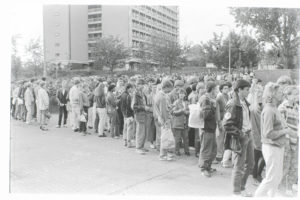
PhD students
With his dissertation on the village of Opheusden as a centre for tree cultivation, Jan Doorenbos was the first PhD student in the chair group in 1950. The first female doctor graduated in 1978: Marijke de Kleijn-de Vrankrijker. The 100th doctor was also a woman: Lucie Sovová graduated in 2020 with the thesis Grow, share or buy? Understanding the diverse economies of urban gardeners.
M/F ratio then & later
In the 75 years that Rural Sociology has existed, twice as many men as women have obtained a PhD. But that balance has changed dramatically over time: from a ratio of 32 men to 2 women in the first 55 years of existence, to one of 34 men to 32 women over the past 20 years.
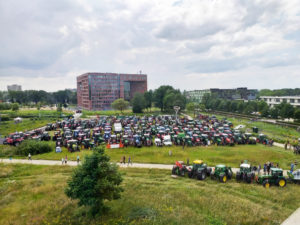
Farmers’ protest
During a national farmers’ protest day in July 2021, nearly 100 tractors drove onto the Wageningen campus as an act of resistance to the government’s proposed measures for dealing with the nitrogen crisis – and WUR’s role in that. The demonstration fitted into a long tradition of farmers’ protests, for which the seed was sown 50 years earlier by the so-called Farmers’ Group. And one of the founders of this group was emeritus professor of Rural Sociology Jan Douwe van der Ploeg.
Protest then & now
At this moment in history, it is threatening nitrogen measures that prompt farmers’ protests. In earlier times, they were about large-scale land consolidation (in the 1970s), the milk quota (in the 1980s), the Fertilizer Act (in the 1990s) and the abruptly introduced phosphate rights (also in the 1990s). Rural Sociology has published several studies of farmers’ protests over the years, one of the best-known being Manure and Power (1994).
Rural Sociology (chair-holding professor: Han Wiskerke) studies the dynamics of agriculture, food supply and regional rural development on several continents. In the chair group’s blog and a PhD e-zine you can find out more about the history and research areas of the chair group.

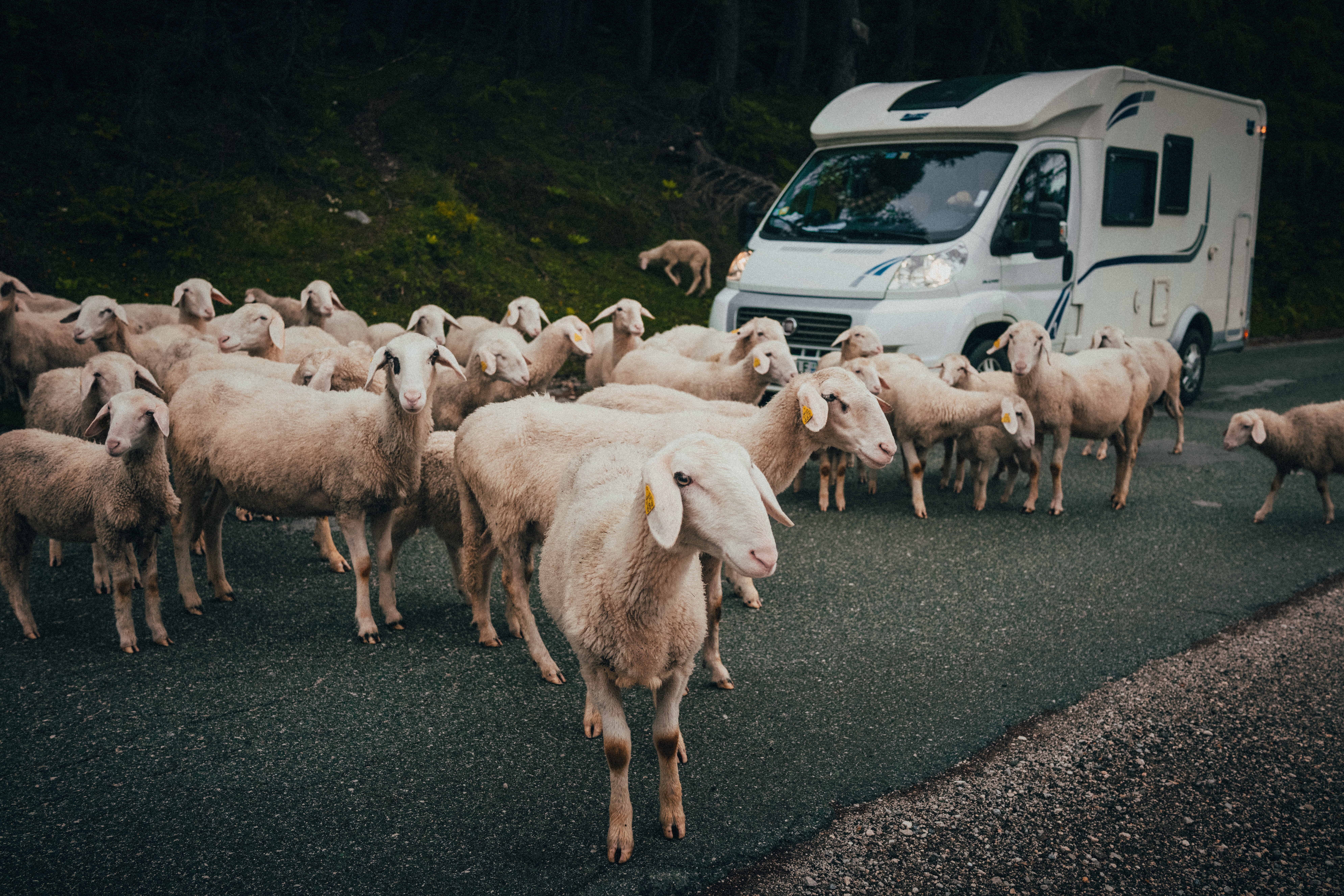 Foto Chris Yang/Unsplash
Foto Chris Yang/Unsplash 